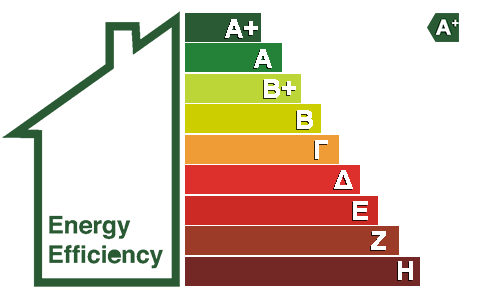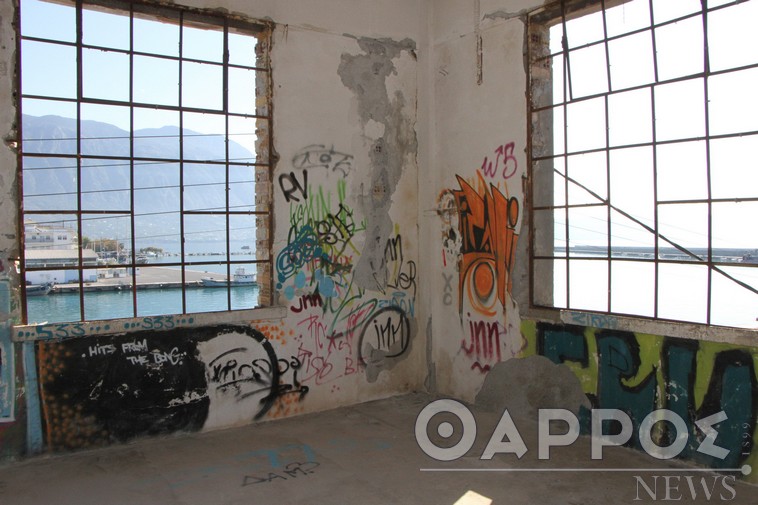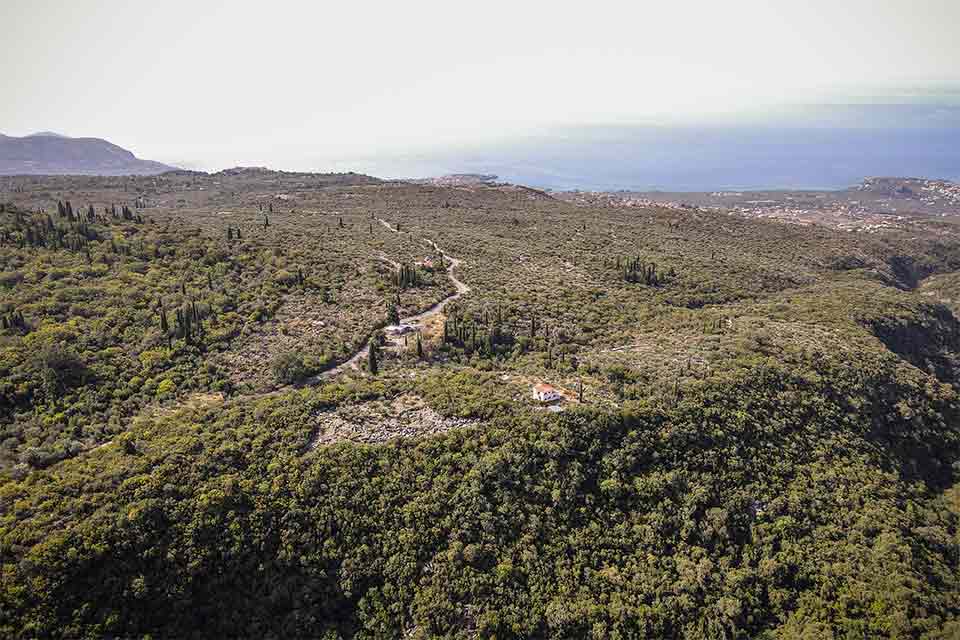Pilot operation of the digital platform from November - Citizens will communicate electronically with notary offices.
E-Transfers of real estate coming in November. With the notary being the only point of contact, the transfer of a property can be done in as little as 3 minutes, after all the required documents and supporting documents (from the Tax Office, Land Registry, municipalities, etc.) have been gathered electronically. The Ministry of Digital Governance's e-Transfer platform creates a one-stop-shop that will speed up the total of 11 steps that are currently necessary to make a transfer, shrinking the time from the minimum of six months that it currently takes to just a few minutes.
The pilot operation of the digital platform will be launched in two phases. In the first, in November, a small group of notaries, who are already being trained, will test the process in order to correct any problems, while in the second, it will go into production pilot operation by the end of the year with all notaries in the country.
In this phase, you will transfer settled property in an operating Land Registry from a natural person to a natural person.
No hassle
The new online service through the digital portal of the Hellenic State gov.gr comes to simplify and speed up a process that in everyone's mind is associated with hassle, queues at various services, paperwork and unforeseen obstacles. Currently, there are about 17 certificates that citizens have to search for and get hold of themselves and a total of 11 steps are required, when the international average is 4.7 steps, according to the World Bank's record. And this is a process that also mines the country's development path, as it puts obstacles in the way of 'doing business'.
As the Minister of Digital Governance had stated Kyriakos Pierrakakis in Parliament during the passage of the Land Registry Bill, "Our goal is that the notary who will have this application will be able to extract from all available databases of the State all the data he needs automatically. This is a big step so that citizens and businessmen are not inconvenienced in transfers".
With the new digital application, if there is an Electronic Building Identity, a settled property and the seller is up to date with tax and insurance, then the transfer is actually done in just one step out of eleven.
An app for three
e-Transfers will support two roles, the notary and the citizen, who will be either a Seller or a Buyer. Once the latter two agree to the purchase and sale of the property, they then knock on the notary's e-door without having to move from their home or work.
The system identifies all three users, with the notary going through two stages, the first via Taxisnet codes and the second via the Notaries Register. The Seller and Buyer are identified through the Taxisxnet codes.
At the start of the procedure, the notary, after registering the VAT number of the seller(s) (as property rights are transferred) and the buyer in e-Transfers, invites both to authorize him/her by sending a registration link via email and SMS that you are the seller and the buyer of the property.
The seller, for his part, after being identified and accepting that his details will be accessed, provides the authorization for the notary to collect the necessary documents and proceed with the sale.
The connection to the networks
An innovation of the system is the production of a code number with a QR code, which carries all the information needed to connect to PPC, EVDAP and all other services, relieving citizens and businesses from having to go back and forth with huge files.
The second step of e-Transfer is its interconnection with the GEMI in order to address businesses as well, as the legal representative will be certified. But the next phase will go even further by integrating the Registers of Archaeology and Natura sites or the forest maps, so that it will be extended to non-"clean" properties to cover all real estate transactions in the country. This project is already foreseen in the Recovery Fund.
The electronic steps of notaries for the supporting documents
A large interoperability net is launched that "communicates" directly with the Land Registry, the Tax Registry, the Registry of the Ministry of Labour and the platform of the Hellenic Public Revenue Service. The seller selects through his own profile, from the properties included in his E9, the one he wants or enters the ATAK (Property Identification Number) code from the beginning. Also, if available, he can download the contract or search for it himself on maps.gov.gr. or the notary via View in the next step. As soon as the seller clicks complete, the notary's cycle begins, having necessarily received the authorizations of both parties via email.
The collection of all necessary documents is done without any paperwork. The physical contact of the citizen with services and counters is minimized in the first phase or even eliminated. So what does the notary "pull" with interoperability as a weapon:
1.
OEMK (National Land Registry Code Number) either issued by the seller or traced through the Land Registry.
2.
Contract of the property.
3.
ENFIA certificate. If it is not paid, the notary will not be able to "lock" the process.
4.
Proof of tax compliance.
5.
TAP (Real Estate Tax), which is the one that is not yet interoperable because there are no corresponding digital services in the municipalities of the country, so the seller's application is required.
6.
Engineering documents. If there is an Electronic Building Identity (not mandatory), then all required documents are "turned" automatically, otherwise they are collected and uploaded in a single file in the application.
7.
KID (Electronic Diagram Code), which is derived from the Land Registry and was issued by the engineer when the topography was uploaded.
8.
Extract from the Cadastral Map.
When all of the above is "locked", then the notary clicks on the "Declaration" button and is transferred to myProperty of the Hellenic Tax Authority, from which the payment ID is automatically generated and sent to the buyer, who must pay the tax. This also means the completion of the transfer. The process is completed when the property is also transferred to the Land Registry, again electronically by the notary.
Klonza Olga
27.10.2021, 06:00
www.tovima.gr/2021/10/27/society/akinita-pos-tha-ginontai-oi-e-metavivaseis















